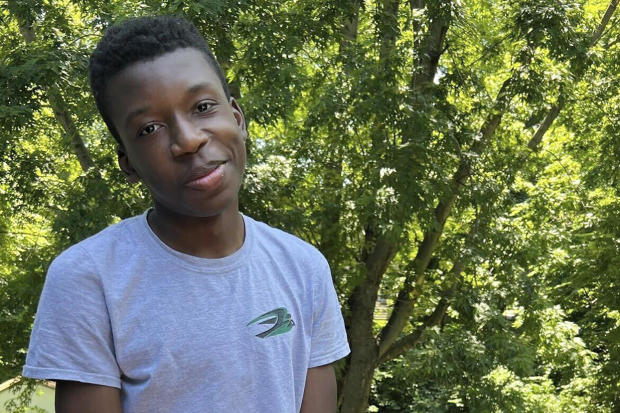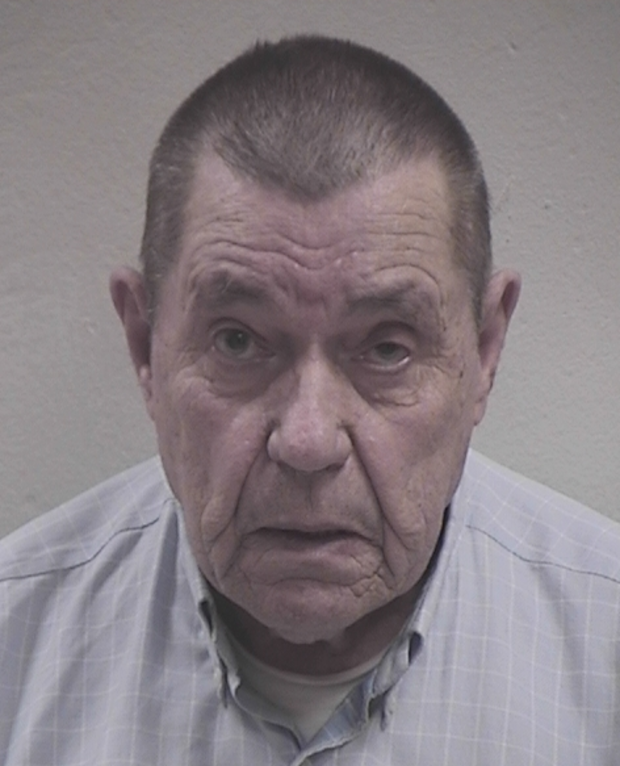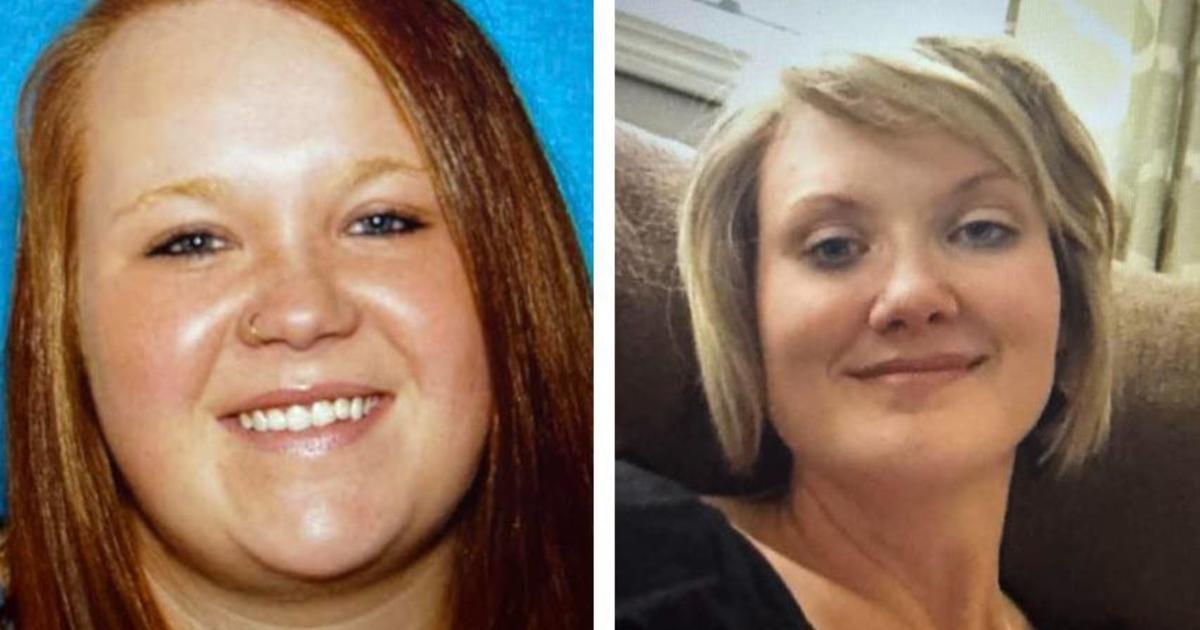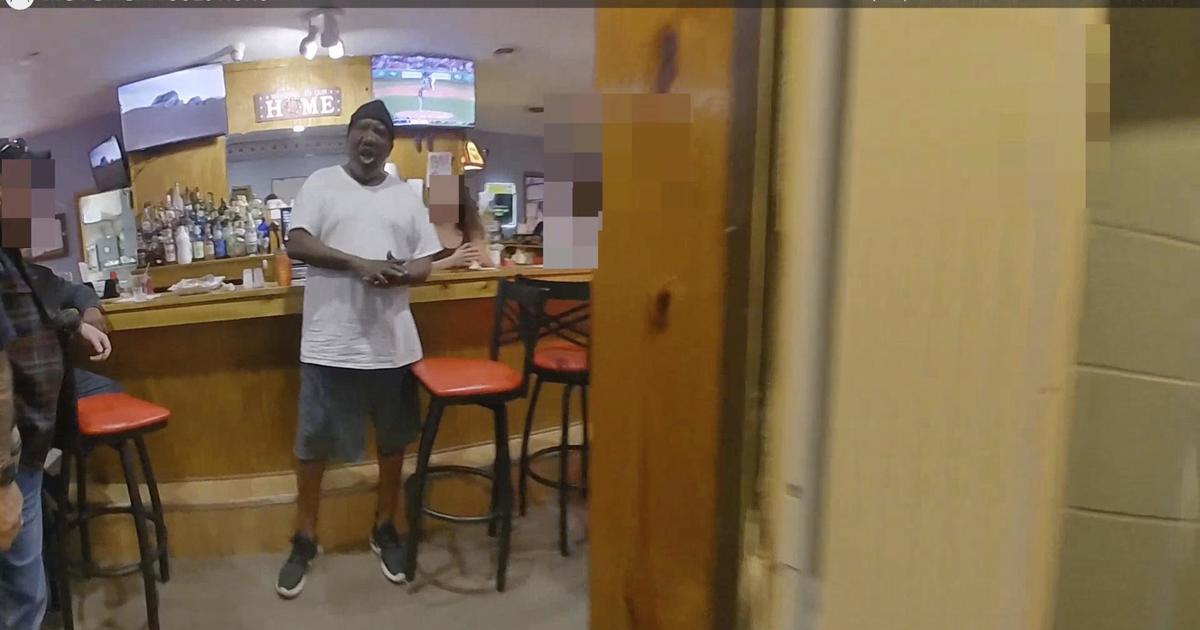What to know about the Ralph Yarl shooting: Timeline, charges and more
The shooting of 16-year-old Ralph Yarl made national headlines after the teen was shot and wounded on April 13 when he rang the doorbell of the wrong house in Kansas City, Missouri.
His family says he was trying to pick up his younger siblings from a house nearby when he was shot twice, once in the head and once in the arm. Police have said Yarl, who is Black, was shot by a White homeowner who fired at him through a glass door.
Here's what to know about the case, which sparked widespread outrage.
What happened to Ralph Yarl?
Yarl's aunt, Faith Spoonmore, first gave a public account of events in a GoFundMe set up for his medical expenses. She said the teen was supposed to pick up his younger twin brothers from a friend's house on 115th Terrace but went to 115th Street by mistake.
His mother, Cleo Nagbe, told "CBS Mornings" that the younger boys had been invited to a sleepover, but she didn't want them staying the night, so she asked Ralph to pick them up at 10 p.m.
They both said that Ralph did not have his phone on him and went to the wrong address.
"He went and rang the doorbell. And he was supposed to stay outside, and his brothers were supposed to run outside, get in the car and they come home," Nagbe said. "While he was standing there, his brothers didn't run outside, but he got a couple of bullets in his body instead of a couple of twins coming up, out, and giving him a hug."
Charging documents reviewed by CBS News show that Yarl told police he had rung the doorbell and waited outside, and that a man opened the door holding a firearm and immediately shot him in the head. He said he fell to the ground and was shot a second time in the arm.
He said that after he was shot and as he ran away, the homeowner said, "Don't come around here."
Yarl said he then went to multiple residences asking for help. According to Spoonmore, it wasn't until the third house that someone called the police.
The homeowner, later identified as Andrew Lester, was detained briefly but then released while the investigation continued. On Monday, April 17, prosecutors announced he was being charged with two felony counts.
Lester pleaded not guilty during his arraignment on Wednesday, April 19.
According to charging documents, Lester, a White man who is 84 years old, said that he had just gone to bed when he heard the doorbell ring, and brought his Smith & Wesson .32-caliber revolver to answer the door. Lester told police that he saw Yarl pulling on the exterior storm door handle. Yarl said that he had not pulled on the handle. Lester said he believed Yarl was trying to break into the house, and shot twice within seconds of opening the home's main door because he believed he was protecting himself.
Police said they found blood at the scene and the glass door shattered. Officers searched the home with Lester's permission and found a Smith & Wesson .32-caliber revolver and wireless home surveillance system, but police found the system was no longer functional and had not captured video of the shooting.
What is Ralph Yarl's condition?
Ralph Yarl was shot in the head above his left eye and the upper right arm, his mother said on "CBS Mornings." He was discharged from Children's Mercy Hospital and is recovering at home.
Nagbe said the pediatrician told her a CT scan showed "just minimal fragments of the bullet in his brain." She said he is able to communicate "when he feels like it," but that she worries for her son's emotional state.
"Mostly he just sits there and stares and buckets of tears just rolls down his eyes," Nagbe said. "You can see that he is just replaying the situation over and over again. And that just doesn't stop my tears either, because when you see your kid just sits there and constantly he just— tears are just rolling for both sides of his eyes, there's nothing you can say to him."
He is continuing to receive care at home from a "team of medical professionals," Nagbe said. Nagbe herself is a nurse of 20 years.
"Life looks a lot different right now. Even though he is doing well physically, he has a long road ahead mentally and emotionally," Spoonmore wrote.
She described Ralph as "a fantastic kid" and said he'd been looking forward to graduating high school and hoped to attend Texas A&M to major in chemical engineering.
Who is Andrew Lester?
Officials identified Lester, 84, as the suspect in the shooting. He was the sole resident of the home and was alone at the time of the shooting.
Lester was interviewed by police and placed on a 24-hour hold on the day of the shooting, but was released in consultation with county prosecutors while the investigation continued, Police Chief Stacey Graves said over the weekend. In the charging documents, police reported that Lester said he had feared for his life when he saw Ralph Yarl at the door. He told police in his statement that he was "scared to death" and believed he was protecting himself from harm.
There were no words spoken between the two, police said, and Lester appears to have fired seconds after answering the door.
Police said Lester repeatedly expressed concern for the teen when they spoke with him.
Clay County Prosecutor Zachary Thompson said in a press conference announcing the arrest that "there was a racial component to the case," though he did not elaborate.
What charges were filed in the shooting of Ralph Yarl?
In his press conference April 17, Thompson announced that Lester was being charged with one count of assault in the first degree and one count of armed criminal action.
Both charges are felonies. The charge of assault in the first degree carries a potential punishment of up to life in prison.
Thompson said at the time that the suspect was not yet in custody but a warrant had been issued for his arrest, with bond set at $200,000.
Clay County officials said Lester turned himself in the following day, and was released on bond.
He has pleaded not guilty to the charges.
Attorney Lee Merritt, who represents Yarl and his family, told "CBS Mornings" that the family was happy to see the charges filed, but said it took national outrage to get this far.
"We expect all families who are met with this type of trauma to get an immediate police response and a vigorous prosecution. That's not what this family was given before there was national outcry," he said.
Merritt also said the family wants to know why Lester was not charged with attempted murder.
What are Missouri's self-defense laws?
Missouri is a "stand your ground" state, which means people can use physical force to defend themselves and there is no duty to retreat.
The state's "stand your ground" law was passed in 2016. It states that a person may "use physical force upon another person when and to the extend he or she reasonably believes such force to be necessary to defend himself or herself or a third person from what he or she reasonably believes to be the use or imminent use of unlawful force by such other person."
The law says that "a person shall not use deadly force upon another person" unless the first person "believes that such deadly force is necessary to protect" themselves against death, serious physical injury or "any forcible felony." Deadly force may also be used against someone who unlawfully enters or attempts to unlawfully enter a "dwelling, residence or vehicle lawfully occupied" by the first person.
In Yarl's shooting, Thompson noted, "the probable cause statement indicates the victim in the case did not cross the threshold."
The law also states that the defendant only needs to assert that their use of force is justified under the law. It's up to the state to "prove beyond a reasonable doubt that the defendant did not reasonably believe that the use of such force was necessary."





